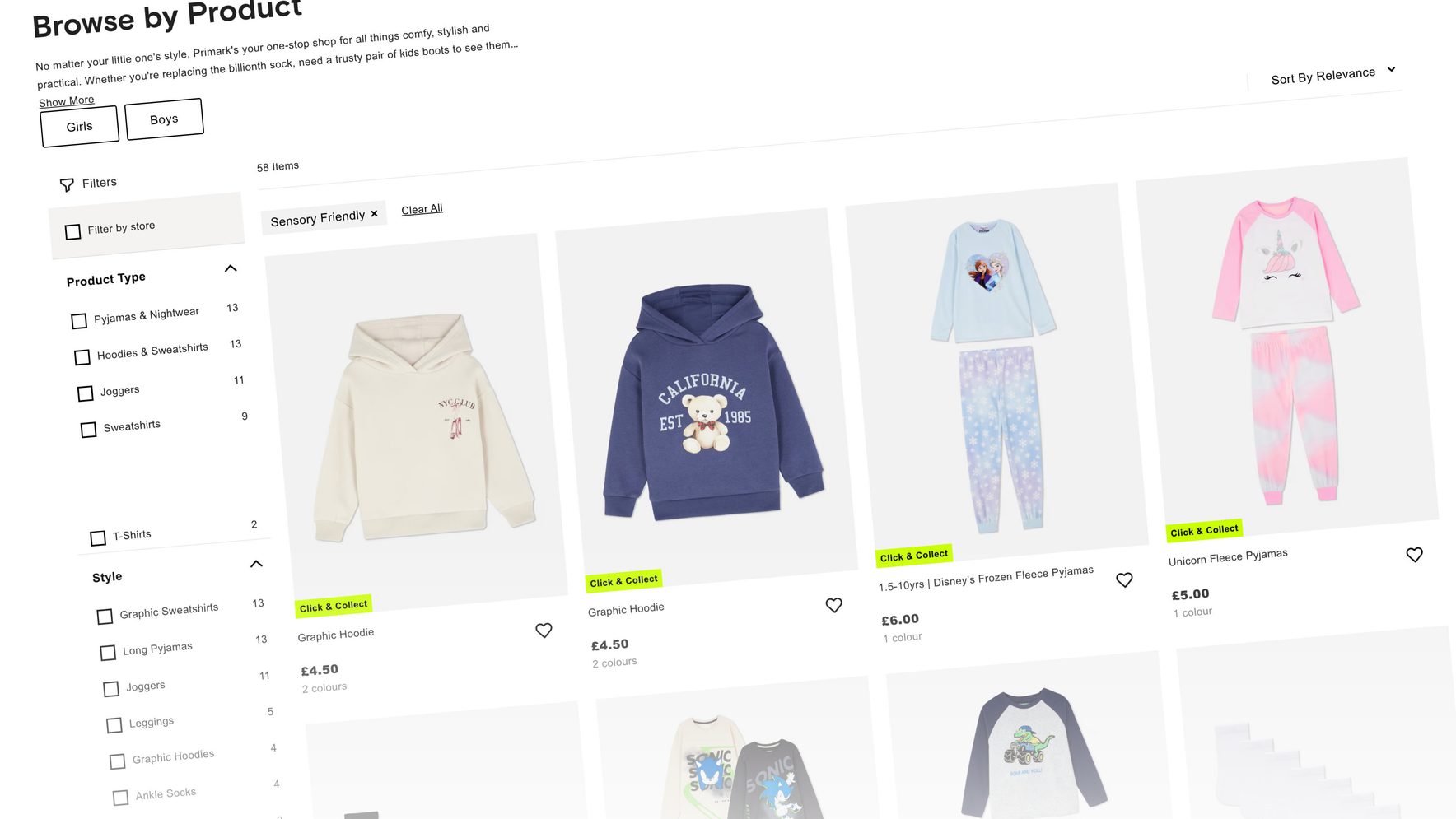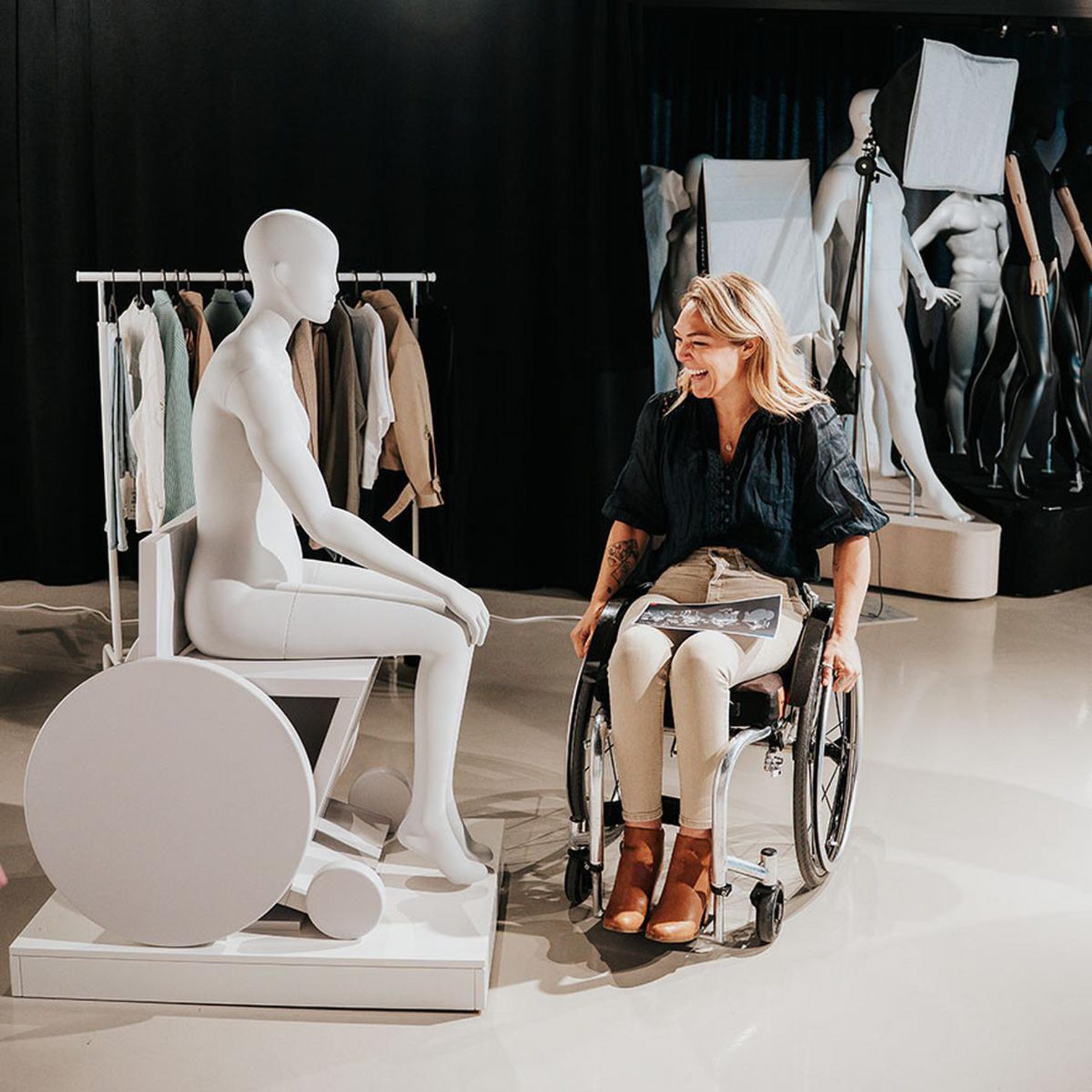From comfort seams to clean code: why Primark’s quiet upgrades define true accessibility

Forget the latest seasonal trend; the real design revolution at Primark isn’t on the rack, it’s inside the seams. While most fast-fashion retailers chase fleeting trends, this high-street giant is focused on eliminating scratchy labels and perfecting comfort seams—small, quiet upgrades that significantly change the shopping experience for those with sensory needs. This commitment to “eliminate discomfort and help instil more confidence, accessibility and joy” is a philosophy that the entire digital world—and every accessibility consultant—should adopt, proving that the most essential, life-changing upgrades are often the ones you don’t even see.
Primark’s quiet revolution in accessibility
In the world of fast fashion and high-street retail, true, meaningful innovation often goes unnoticed unless it’s about a new style or a viral product. However, UK retailer Primark is making waves not with trends, but with a meaningful commitment to inclusivity that is set to change the shopping experience for countless families. Their recent advancements—from launching a permanent line of sensory-friendly kidswear to introducing new accessible mannequins—show a brand actively "coming good on its promise" to serve a wider public.

Sensory essentials
The introduction of Primark’s sensory-friendly kidswear is perhaps their most immediately significant step. Available in every store, these essentials are designed for children who experience clothing discomfort due to sensory sensitivities, which is common among individuals with autism, ADHD, and other conditions.
The brilliance of this line lies in its approach: ”No extra cost, no added fuss. Just better essentials, available in every store and for every child.” By making these items mainstream and price-accessible, Primark eliminates the financial and logistical barriers that often accompany specialist clothing.
The design changes, though small, are mighty. As Primark describes, “By removing scratchy neck labels and introducing comfort seams and seamless socks, these quiet upgrades are part of a bigger journey to eliminate discomfort and help instil more confidence, accessibility and joy.” These are not luxury options; they are fundamental improvements to basic garments that can significantly reduce daily anxiety and meltdowns for children and their caregivers. Having known a few people who struggled for years to find comfortable, affordable clothing for their children, this collection is an absolute game-changer.
Acknowledging adult needs
It is essential to remember that kids with sensory issues grow up into adults who carry those same needs for comfort and non-irritating clothing. Many adults continue to face challenges finding garments that are soft, seamless, and free from restrictive fastenings, often having to rely on expensive specialist brands.
While the sensory kidswear line is currently focused on younger ages, Primark is thankfully addressing these adult needs through its broader Adaptive Clothing range for men and women. This collection, designed in collaboration with disability advocates, includes features that crossover perfectly with sensory requirements, such as ultra-soft pyjamas and loungewear, seamless underwear, and items with hidden elasticated waistbands. This move signals an understanding that accessibility must be comprehensive, supporting individuals throughout their lives.
Visible inclusion with mannequins that reflect reality
Equally important to product accessibility is visibility. In a parallel move that enhances the in-store experience, Primark has unveiled new mannequins designed to represent wheelchair users.
Mannequins, by their very nature, set the standard for who a brand imagines its customer to be. Introducing a mannequin that uses a wheelchair sends an undeniable message of welcome and belonging to disabled shoppers. It normalises visible disabilities and ensures that every customer who enters a Primark store feels seen and represented—a small yet powerful step towards making high-street retail an inclusive space for all.

The digital parallel: accessibility as a ’quiet upgrade’
Primark’s focus on “quiet upgrades... to eliminate discomfort and help instil more confidence, accessibility and joy” offers a strong inspiration for the digital world. In physical retail, a seamless sock or a tag-free shirt is a quality-of-life improvement. In digital terms, this translates to flawless keyboard navigation, descriptive alternative text for images, and logical heading structures.
For organisations, this mindset shift is essential. Instead of treating digital accessibility as a compliance checklist or a costly project, it should be integrated as a continuous, fundamental quality standard—just like removing a scratchy label from every shirt. These back-end efforts—the clean, semantic code that screen readers love, or the robust colour contrast that prevents eye strain—are the digital equivalent of comfort seams: often unseen by the average user, but life-changing for users with disabilities.
And for the dedicated accessibility consultants and advocates, this reinforces the value of their persistent work. Their “silent fight” involves meticulously checking code, auditing user flows, and providing feedback that often goes into development backlogs rather than immediate public fanfare. Their labour, much like the subtle redesign of a shirt’s seam, is what truly eliminates digital friction, reduces user frustration, and ultimately, delivers that essential confidence, accessibility, and joy to every person browsing a website or using an app.
Setting a new standard
In an industry often scrutinised for its environmental and labour practices, it is truly fabulous to see a retailer like Primark coming good on their promise of accessibility. By integrating essential, sensory-friendly features into their core children’s line without a premium, and by embracing visible representation and specialised adult adaptive wear, Primark is setting a new, achievable benchmark for large-scale retail. These actions prove that accessibility is not a trend to be capitalised on, but a fundamental requirement for ethical, modern business.
Further reading
- Primark unveils new mannequin designed to represent wheelchair users, created in collaboration with Sophie Morgan
- Sensory friendly kidswear
Images credited to Primark.
Article by Simon Leadbetter
The Accessibility Guy at Kindera
